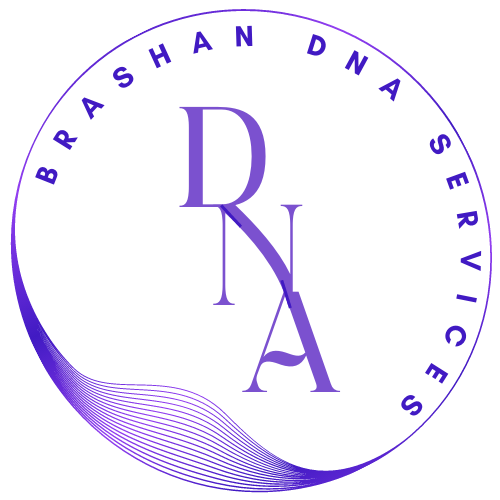Introduction
How long is the life span of DNA on a swap? This article will explore the answer to this question and provide an overview of the factors that affect the longevity of DNA on a swab.
What factors affect the life span of DNA on a swap
The life span of DNA on a swap is affected by several factors, including environmental conditions, the type of swab material used, the and amount of time since collection.
Environmental Conditions
Temperature and humidity can both play a role in the lifespan of DNA on swabs. High temperatures can cause the molecules in the sample to break down more quickly, while low temperatures can slow down this process. Similarly, high humidity levels can cause moisture to collect on the sample which could lead to contamination or degradation of the sample over time. LEARN MORE
Type of Swab Material Used
Different types of swab materials have different levels of absorbency which can affect how much genetic material they are able to retain over time. Cotton-tipped swabs tend to be more absorbent than foam-tipped ones and therefore may be able to hold onto more genetic material for longer periods of time.
Amount of Time Since Collection
The amount of time since collection also plays an important role in determining how long DNA will last on a swab. Generally speaking, as more time passes since collection, there is an increased chance that any genetic material present will degrade or become contaminated with other substances which could make it difficult or impossible for forensic scientists to obtain useful results from it later on down the line.
Conclusion
In conclusion, it’s impossible to say exactly how long any given sample will last when collected using a swab as there are many variables that can affect its longevity over time such as environmental conditions, type of swab material used, and amount of time since collection among others. However, with proper storage techniques and careful consideration given towards these factors, it may be possible for some samples collected using this method to remain intact for extended periods under ideal conditions making them suitable for use in forensic investigations later down the line if needed.
Phone
Location
Store Hours
M-F: 8am – 8pm
S-S: 8am – 8pm

